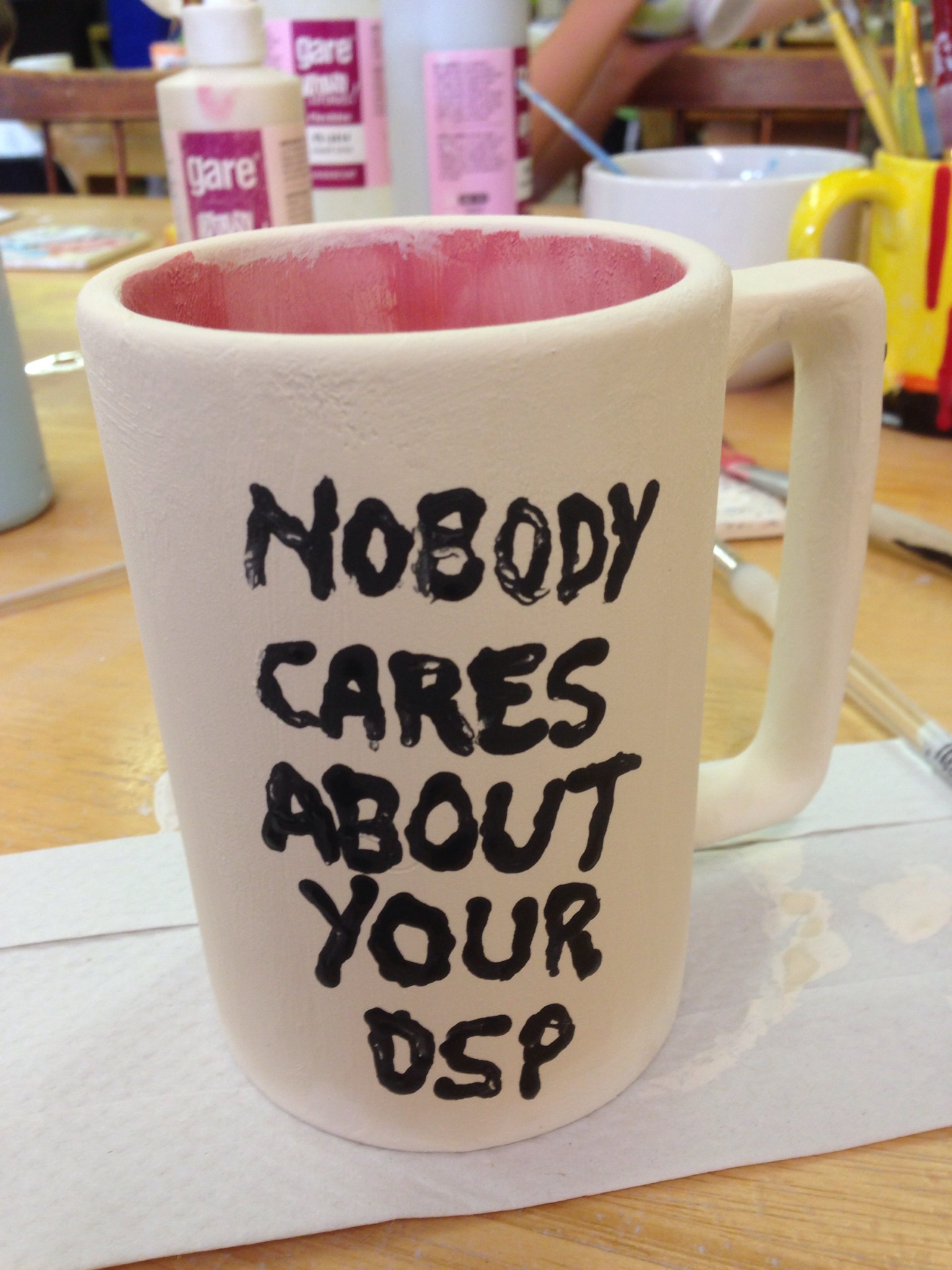Quantifying the Qualitative
/It's hard to argue with numbers. They're so absolute and objective. Nine is greater than five, so why would one choose five over nine? A good chunk of media planning aims to reduce media selection and levels to a series of numbers, so that judgment calls become easier to make. Decisions become very clear cut, which is why the quants tend to outmaneuver the quals in the long run. Maybe the quals win a battle or two, but the quants win the overall war. Online media has a quantitative and a qualitative side. The quantitative tends to put it at a disadvantage. For instance, if you're targeting wide demographic audiences like Adults 18-49, the numbers for television tend to blow away online numbers for the most part. It's hard to compete with TV for cheap reach.
The qualitative side is one of online's big advantages. Online tends to more engaging, owing to its two-way nature. It also tends to reach people while they're in the right mindset and most receptive to an ad. Engagement, receptivity, relevance - these are all concepts that tend to be expressed not through numbers, but via rationale that hinges on subjective arguments. In other words, if you're a media planner and you make the argument that a Flash ad in the baseball section of ESPN is more engaging than a TV spot within a baseball game on ESPN, it's not as if there's an engagement factor that quantifies the ability of the online ad or the TV spot to engage your audience. You may have some research to back up your arguments, but by and large, it's usually a leap of logic to apply the very expensive and very specific research to your particular product category and situation. That's why many qualitative arguments require a leap of faith to accept.
That's unfortunate, because leaps of faith are precisely what land brand managers and VPs of marketing in hot water. It's rare for client-side professionals to get fired for playing it safe. Fear, uncertainty and doubt (FUD) thus tip the balance toward the quants, as it's easier to show how one arrived at a decision and justify the logic.
If absolute numbers are what clients need to see, perhaps it makes sense to develop ratings scales for things on the qualitative side that we think of as subjective. Certainly I've done it in my traditional media experience. At Y&R, we used to do this with print a lot. We'd at least make an attempt to quantify some of the factors we take into consideration when we tried to gauge the relative value of insertions in various magazines. Qualitative rankings would take into consideration everything from editorial reputation to advertising/editorial ratio to whether the book was saddle-stitched or perfect bound.
Why can't we do this with some of the fuzzier metrics in online?
While every 3-letter industry trade organization argues about a definition of engagement that all marketers can use, why don't marketers define it themselves and start developing their own ratings scales for the attributes of engagement that matter to them? Surely, different types of ads and placements can be rated on a 1-10 scale for things like time spent with an ad, receptivity of the audience, contextual relevance and a whole host of other attributes.
At least this approach could get us by until metrics become standardized. Heck, maybe a custom rating system would end up serving a client better than standard metrics and could become a permanent fixture of media planning...












































